How can I clip a MapType in Google Maps to an arbitrary polygon. For example, if I have a custom ImageMapType that covers a large area (i.e. all the world), but I want to show it only inside a given polygon (i.e. one country).
Is there a way to clip the ImageMapType to a given polygon, or to implement a custom MapType to achieve this behaviour? It should allow for zooming and panning normally.
The rest of the map should stay the same, and there would be a MapType covering only a specific area. Therefore, it is not possible to simply overlay a polygon to cover the areas outside the polygon to display just what is needed.
Like so:

Server-side clipping is not an option.